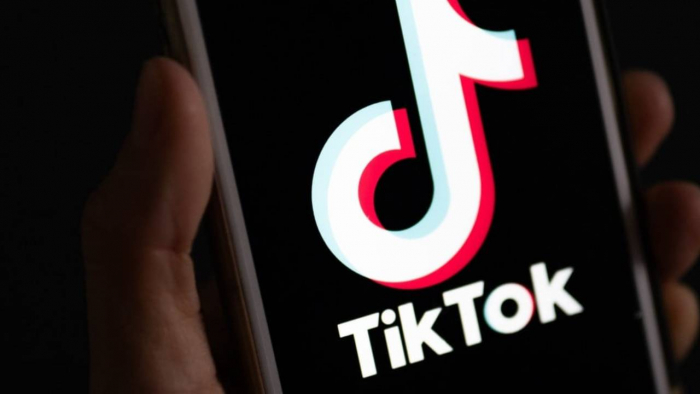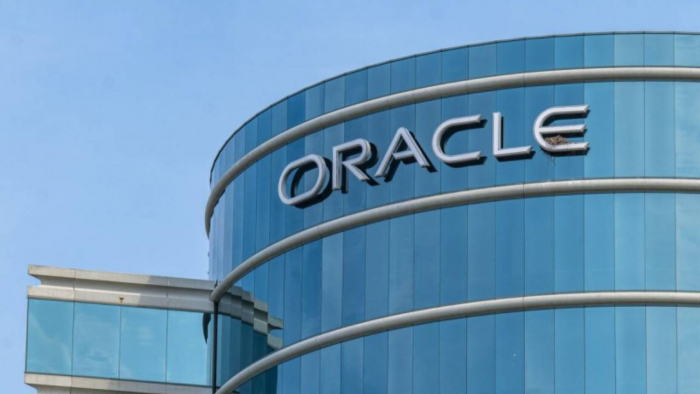Customer relationship management data can become overwhelming. This business strategy, developed in conjunction with the growing digital infrastructure today, consists of several intricacies, from tracking responses to determining whether they are effective. One miss can get you in the wrong direction. Can CRM supercharge your programmatic ad strategy or not? But first, let’s define what programmatic ad strategy really is.
Defining Programmatic Ad Strategies

What Is a Programmatic Ad?
This new concept in advertising, programmatic advertisements, resolves issues between publishers and advertisers. For the former, they help maximize advertising profits by auctioning ad spaces to several advertisers across the globe. Meanwhile, the latter expands coverage and leverages data to target audiences accurately.
How to Strategize for Your Programmatic Ad
This time, let’s fast-forward to finding out how to strategize for your first programmatic ad. Following are the steps for your guidance:
To strategize effectively for programmatic ads, brands must go beyond automation and focus on precision. It’s always recommended to kick things off with clear goals that align with deeply understanding your audience.
Sure, you may also refer to demographics, but real impact often comes from personalized insights, which is where CRM data becomes essential. Integrating CRM allows advertisers to target known customers, tailor messaging, and optimize campaigns in real time. It bridges past interactions with present intent, making each ad more relevant.
Here’s a pro tip. Programmatic isn’t just about reach—it’s about connection. And with CRM data, that connection becomes more innovative and far more strategic.
Best Practices and Actionable Tips
The following are what must be done with guidelines on how to perfect your programmatic ads, once you launch them:
- Start by segmenting your CRM data in the most effective manner to target your customer personas with ad messaging customized according to your objectives.
- Bank on lookalike audiences based on those CRM profiles to expand coverage with those more likely to convert to purchasing what you offer.
- Next, sync your chosen CRM platform regularly with ad platforms to bring it forward with real-time and accurate targeting data.
- Another best practice is to leverage lifecycle data to distribute ads that match where your customers are in the funnel.
- Place your high-value customers from the platform in question in the ad campaigns under this category for increased bidding and personalized creatives.
- Be sure to also test and optimize CRM-driven segments consistently to refine the precision of your targets and accelerate your investment returns.
- You may also decide to combine CRM data with dynamic creative optimization for hyper-personalized ad content delivery.
- It is also vital to ensure that your data complies with privacy laws and copyright clauses before using ad campaigns.
Automated media buying solutions can enhance this entire process by streamlining how ads are placed, matched, and optimized, making it easier to act swiftly and efficiently on CRM insights.
Photo by Unsplash
Your CRM Data and Supercharging Programmatic Ads: The Connection
Follow along these lines to see the connection between your CRM data and supercharging your programmatic ads. Uplift your business and capture your market even while low-key.
First, let’s outline the problems:
Similar to traditional ads, programmatic ads suffer from delays, which stem from the inability to produce creative input and challenges around the spaces where they are distributed.
Cue toward ad frauds. For instance, millennials are seeing ads differently than their older counterparts, and when they are about to check out the products they bought from the Internet, inconsistencies arise.
Technologies may also get in the way, such as ad blockers that are difficult to configure, so they can freely allow ads to spread.
From those points above, you can see the connection between the all-important CRM data you possess and your ideas for programmatic ads. It’s all about hearing the sides of all parties involved in communication with your customers and encouraging them to produce ads or campaigns that your target audience will appreciate. The rest is history.
Wrapping Up
Generation after generation, you have been used to traditional advertising that may connect advertisers with publishers, such as advertisements prior to the launch of your favorite films. Programmatic advertising doesn’t work this way, especially when thinking about your CRM platforms. Simply put, your clients are involved, your markets are involved, and your consumers are part of the chain, also.
Let’s invest in more fruitful connections. Start with syncing audiences, then move to predictive segments, dynamic personalization, and full-funnel automation. Are you ready to implement this for your campaigns?
Post Comment
Be the first to post comment!





